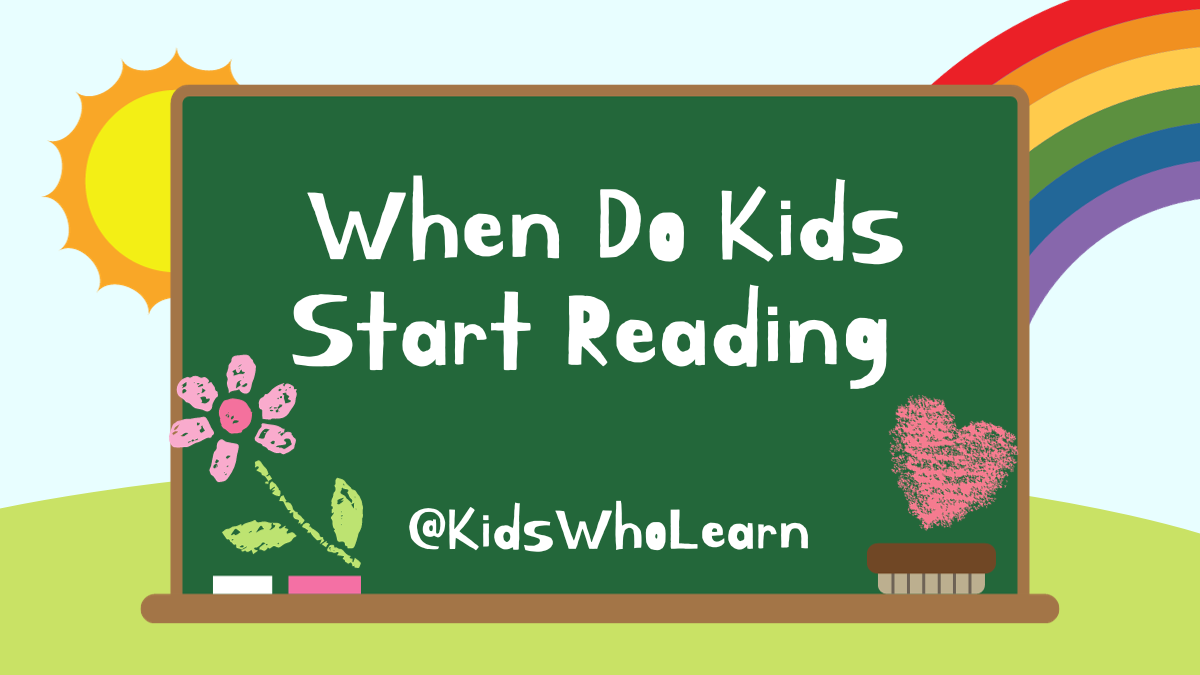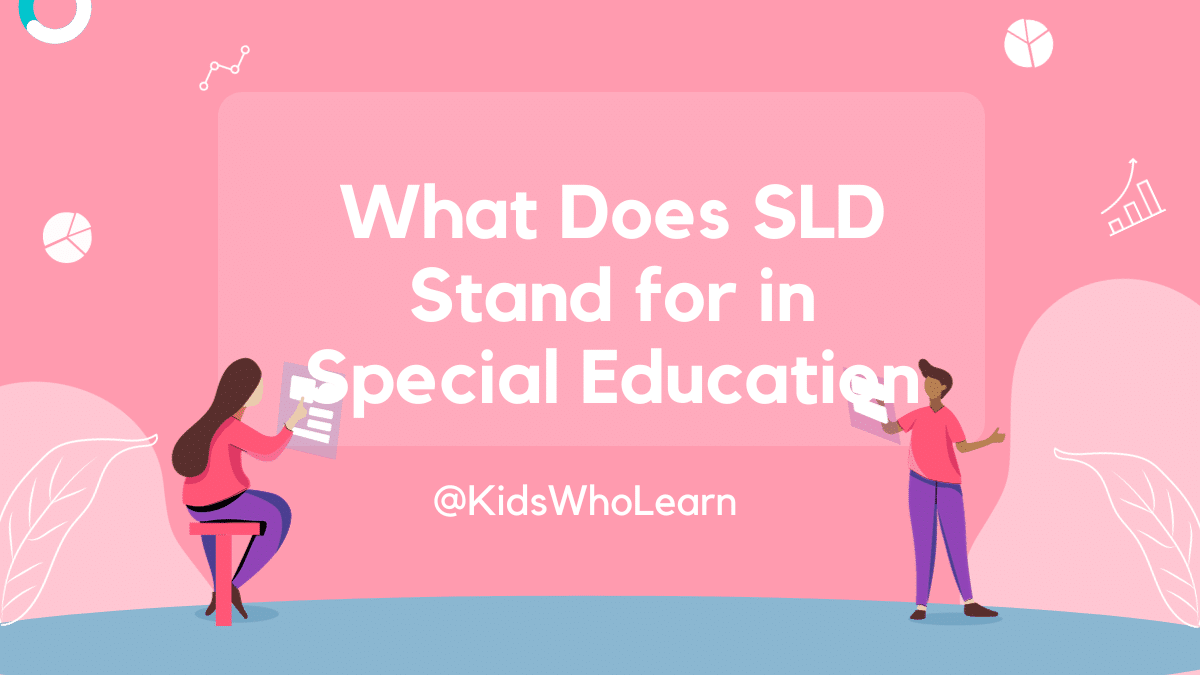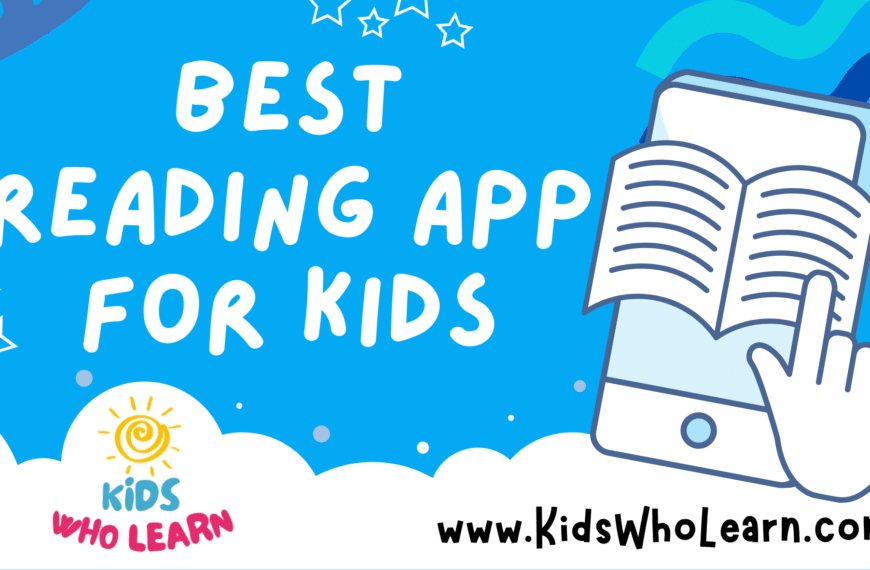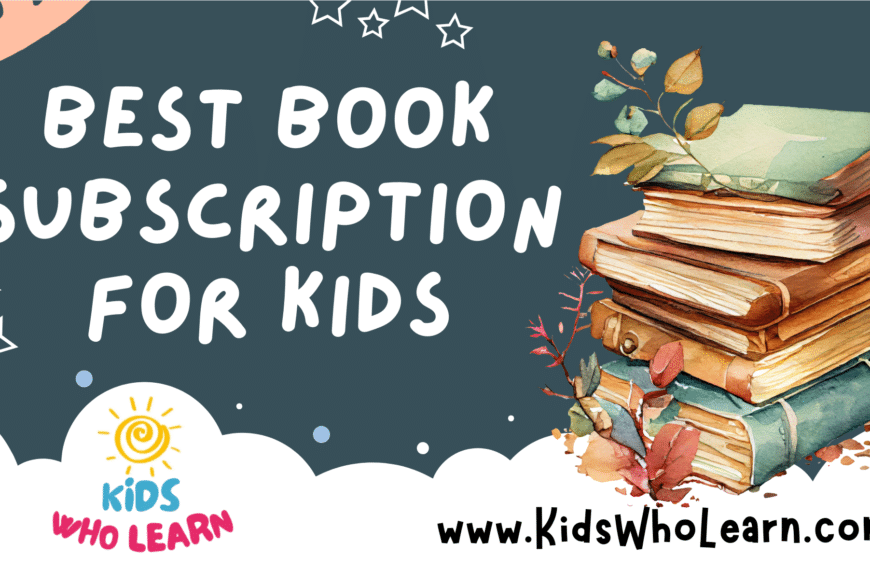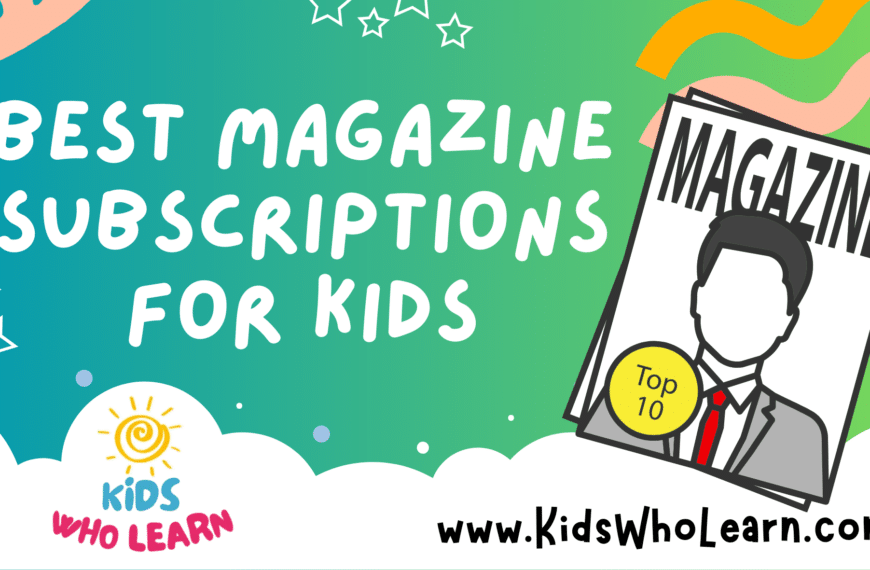Are you wondering when your child will start reading? It’s a common question among parents, and the answer may vary. While some children start reading at a very young age, others may not show interest until they are a bit older.
The age at which children start reading can depend on various factors, such as their exposure to books, their cognitive abilities, and their individual interests. Some children may start recognizing letters and words as early as 2 or 3 years old, while others may not be interested in reading until they are in kindergarten or first grade.
In this article, we will explore the topic of when children typically start reading and what factors can influence this milestone. We will also provide some tips for parents who want to encourage their child’s reading development. So, if you’re curious about when your child might start reading, keep reading to find out more.
Understanding Reading Development
The Importance of Reading
Reading is an essential skill that children need to develop to succeed academically and in life. Reading helps children to learn new concepts, develop their vocabulary, and improve their comprehension skills. Reading also helps children to develop their imagination and creativity. It is a fundamental skill that children will use throughout their lives.
Stages of Reading Development
Reading development is a process that occurs over time. Children progress through different stages of reading development as they learn to read. Here are the four stages of reading development:
- Emergent Reading: This stage occurs from birth to the age of six. Children at this stage are learning the basics of reading, such as letter recognition, phonemic awareness, and print concepts.
- Early Reading: This stage occurs from the age of six to seven. Children at this stage are learning to read simple texts and are developing their decoding skills.
- Transitional Reading: This stage occurs from the age of seven to nine. Children at this stage are developing their fluency and comprehension skills. They are beginning to read more complex texts and are learning to use context clues to understand unfamiliar words.
- Fluent Reading: This stage occurs from the age of nine to fourteen. Children at this stage are reading fluently and are able to comprehend complex texts. They are developing their critical thinking skills and are able to analyze and interpret what they read.
It is important to remember that children progress through these stages at their own pace. Some children may progress more quickly than others, while others may need more time to develop their reading skills. As a parent or caregiver, it is important to provide children with opportunities to practice reading and to encourage them to read for pleasure.
When Do Most Kids Start Reading
As a parent, you might be wondering when your child will start reading. It’s important to remember that every child is different and will learn at their own pace. However, there are some general guidelines to keep in mind.
Early Signs of Reading
Even before your child can read, there are some early signs that they may be on their way to becoming a reader. Some of these signs include:
- Showing an interest in books and wanting to look at them
- Pretending to read by looking at the pictures and making up their own story
- Recognizing letters and pointing them out in the environment
- Memorizing their favorite books and reciting them from memory
If your child is exhibiting these signs, they may be ready to start learning to read.
Typical Reading Age
Most children start to learn to read between the ages of 4 and 7. However, it’s important to remember that every child is different and may start earlier or later. Some children may even start to read before the age of 4.
Here are some general guidelines for when children typically start to read:
- Age 4: Most children will be able to recognize some letters and may be able to read a few simple words.
- Age 5: Children will typically be able to read simple books with short sentences and pictures.
- Age 6: Children will be able to read more complex books with longer sentences and fewer pictures.
- Age 7: Children will be able to read independently and will be able to understand more complex texts.
Remember, these are just general guidelines and every child is different. The most important thing is to encourage your child’s love of reading and to support them as they learn.
Factors Influencing Reading Skills
When it comes to learning how to read, there are a number of factors that can influence a child’s success. Some of these factors are genetic, while others are environmental.
Genetic Factors
Research has shown that genetics can play a role in a child’s reading ability. For example, studies have found that certain genes are associated with better phonological awareness, which is the ability to identify and manipulate the sounds in words. Children who have these genes may find it easier to learn how to read.
Environmental Factors
While genetics can play a role in a child’s reading ability, environmental factors are also important. Here are some environmental factors that can influence reading skills:
- Exposure to books: Children who are exposed to books at an early age are more likely to develop strong reading skills. This is because they have more opportunities to practice reading and to develop a love of reading.
- Quality of instruction: The quality of reading instruction that a child receives can also have a big impact on their reading skills. Children who receive high-quality instruction are more likely to become strong readers.
- Home environment: The home environment can also play a role in a child’s reading ability. For example, children who come from homes where reading is valued are more likely to develop strong reading skills.
- Socioeconomic status: Children from low-income families may be at a disadvantage when it comes to reading because they may not have access to the same resources as children from higher-income families.
In conclusion, there are many factors that can influence a child’s reading skills, both genetic and environmental. By understanding these factors, parents and educators can help children develop strong reading skills that will serve them well throughout their lives.
How to Encourage Reading
Encouraging children to read can be a challenging task, but it is an essential part of their development. Here are some tips to help you create a reading-friendly environment and choose appropriate books for your child.
Creating a Reading Environment
Creating a reading environment is an essential step in encouraging children to read. Here are some ways to create a reading-friendly environment:
- Set up a cozy reading corner: Create a comfortable and cozy reading corner in your child’s room or a designated area in your home. Add some soft cushions, a blanket, and a few favorite books to make it inviting.
- Make books accessible: Keep books within reach, so your child can easily pick them up and read whenever they want. You can keep books on a bookshelf, in a basket, or on a table.
- Read aloud: Reading aloud to your child is an excellent way to encourage reading. It helps them develop language skills, improves their vocabulary, and enhances their imagination.
Choosing Appropriate Books
Choosing the right books for your child is crucial in encouraging reading. Here are some tips to help you choose appropriate books:
- Consider your child’s interests: Choose books that match your child’s interests and hobbies. If they love animals, choose books about animals. If they enjoy adventure stories, choose books with exciting plots.
- Choose books with age-appropriate content: Make sure the books you choose are appropriate for your child’s age and reading level. If the book is too difficult, your child may become frustrated and lose interest.
- Choose books with engaging illustrations: Books with colorful and engaging illustrations can capture your child’s attention and make reading more enjoyable.
Encouraging your child to read is a journey that requires patience and persistence. By creating a reading-friendly environment and choosing appropriate books, you can help your child develop a love for reading that will last a lifetime.
Common Challenges in Learning to Read
Learning to read can be a challenging process for many children. Here are some common difficulties that children may encounter when learning to read:
Reading Difficulties
Phonemic Awareness
Phonemic awareness is the ability to hear and manipulate the sounds in words. Some children may struggle with this skill, which can make it difficult for them to learn to read.
Vocabulary
Children who have a limited vocabulary may struggle with reading comprehension. If they don’t know the meaning of the words they are reading, they may have trouble understanding the text.
Fluency
Fluency is the ability to read words accurately and quickly. Children who struggle with fluency may read slowly and have difficulty with comprehension.
Comprehension
Comprehension is the ability to understand what you are reading. Children who struggle with comprehension may have difficulty answering questions about what they have read.
How to Address Reading Challenges
Phonemic Awareness
Activities that can help develop phonemic awareness include:
- Rhyming games
- Sound matching games
- Segmenting and blending sounds in words
Vocabulary
Some ways to help build vocabulary include:
- Reading aloud to your child
- Encouraging your child to read on their own
- Discussing the meaning of unfamiliar words
Fluency
To improve fluency, try:
- Reading aloud with your child
- Having your child read aloud to you
- Practicing reading the same passage multiple times
Comprehension
Ways to improve comprehension include:
- Asking your child questions about what they are reading
- Encouraging your child to make connections between what they are reading and their own experiences
- Helping your child visualize what they are reading
Overall, it’s important to be patient and supportive as your child learns to read. With practice and encouragement, most children will develop the skills they need to become confident readers.

